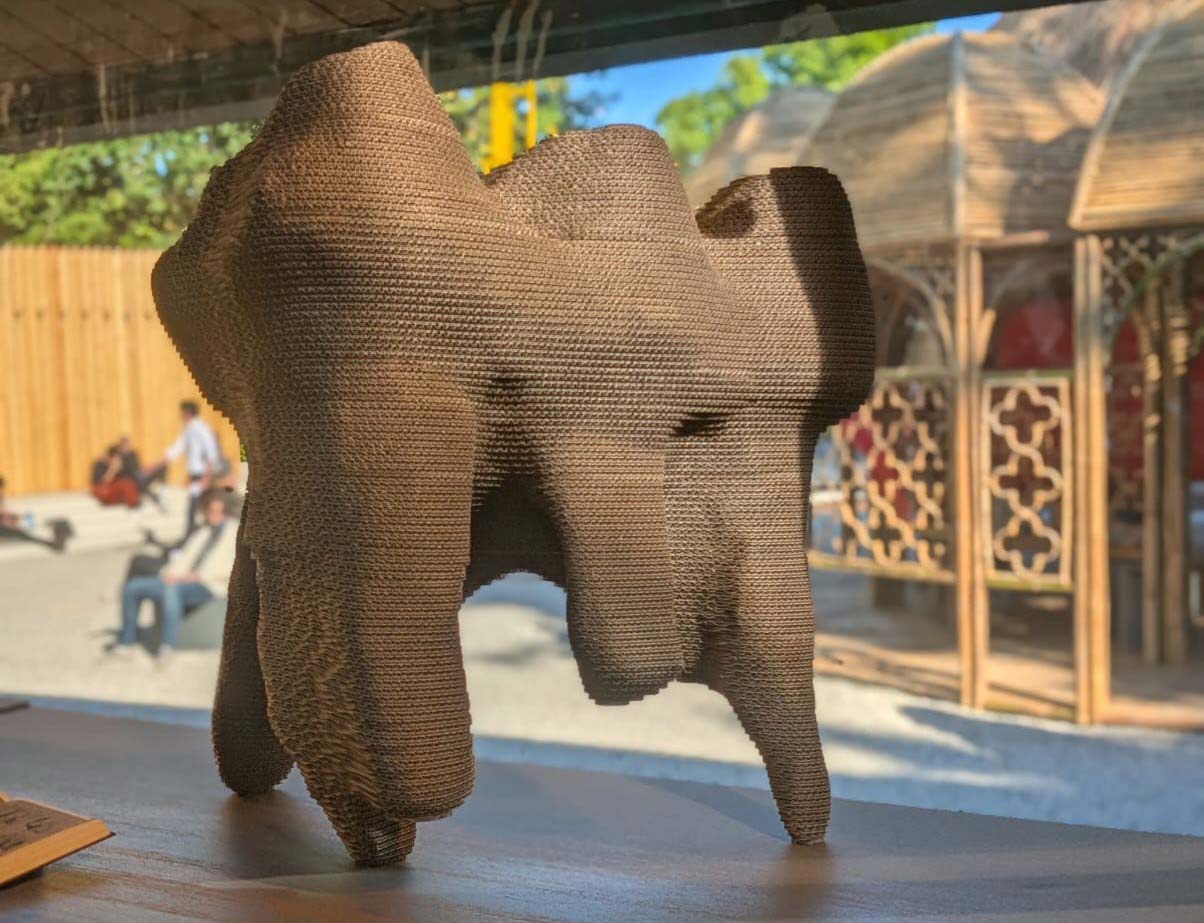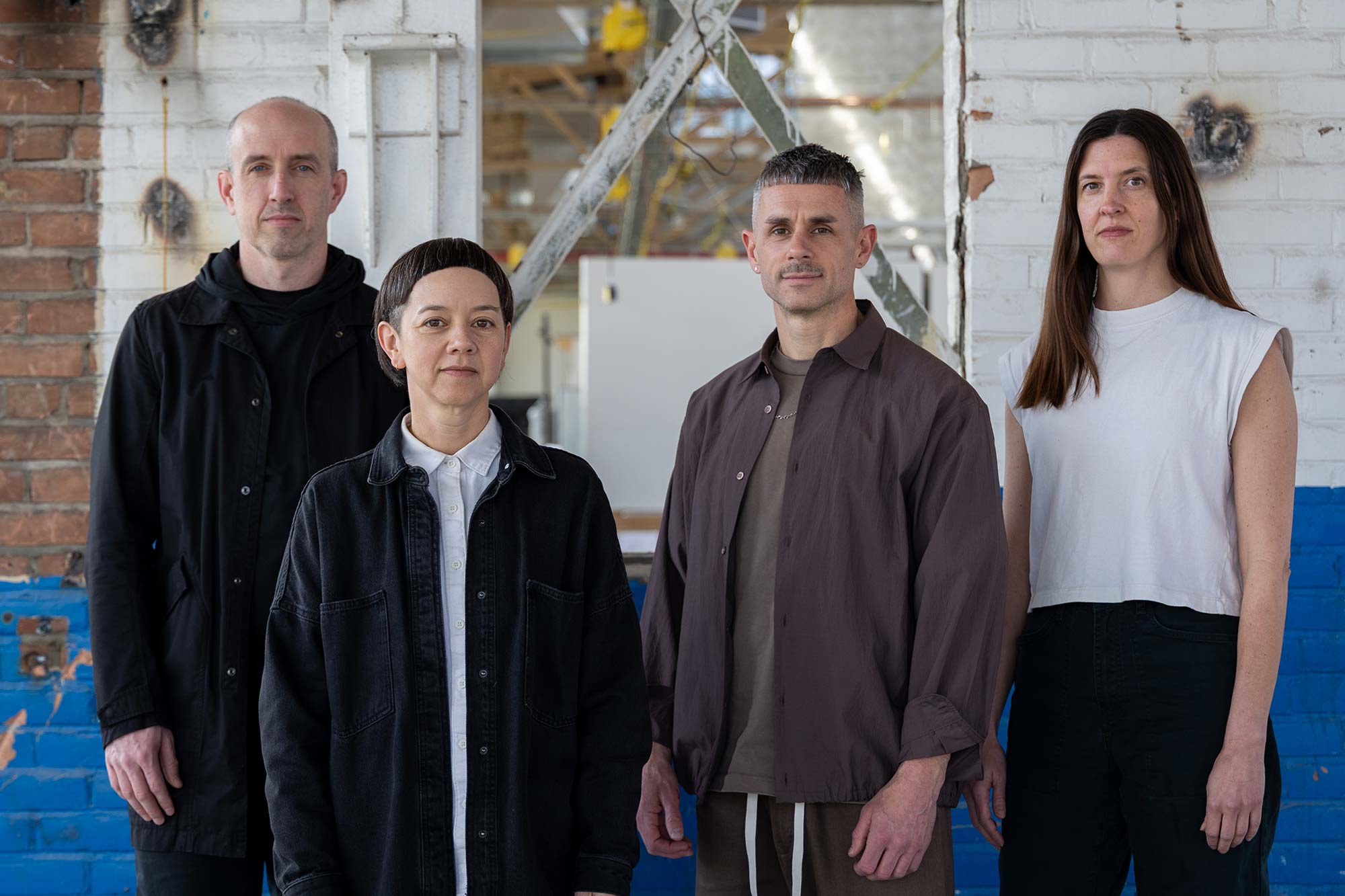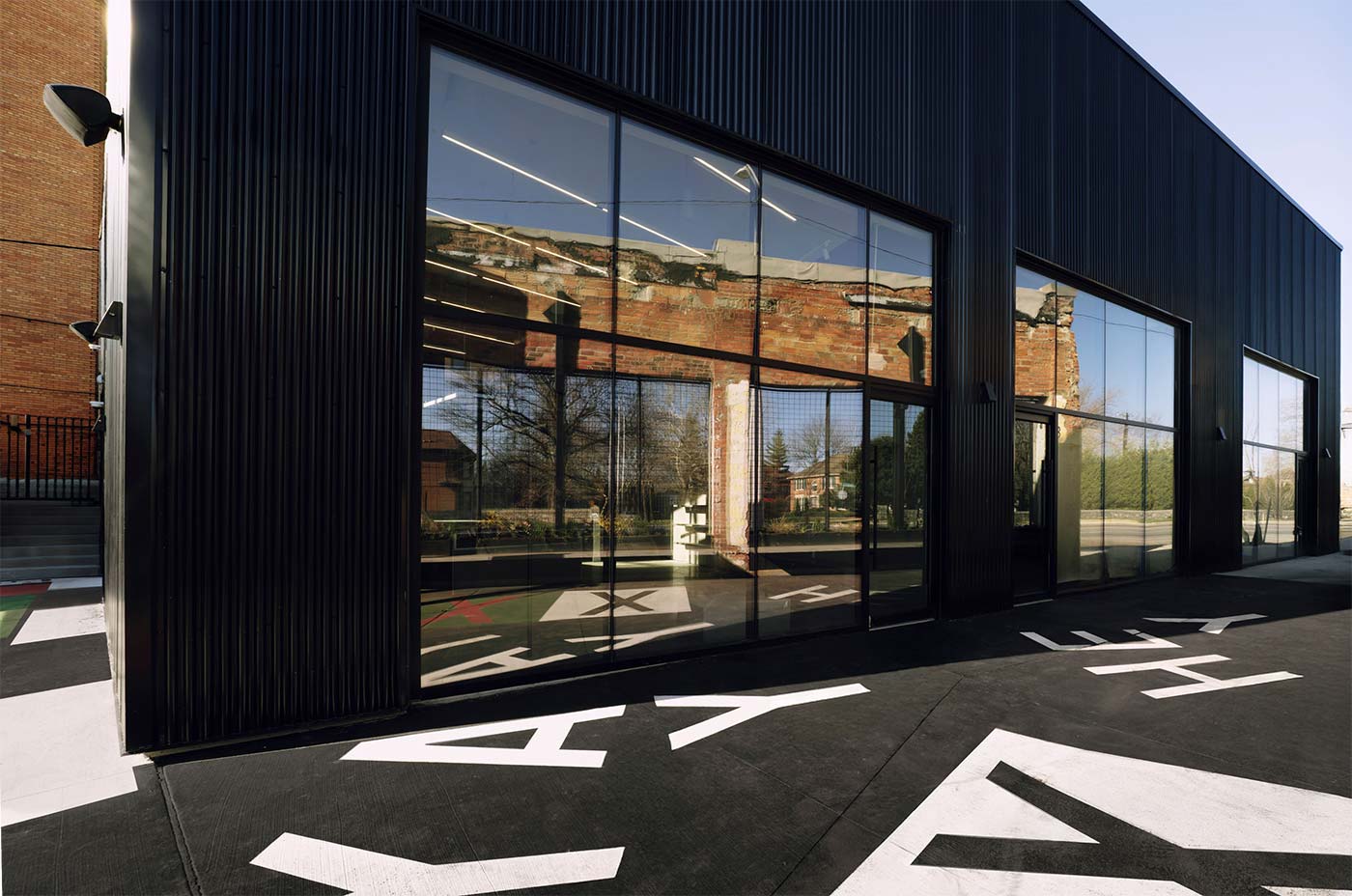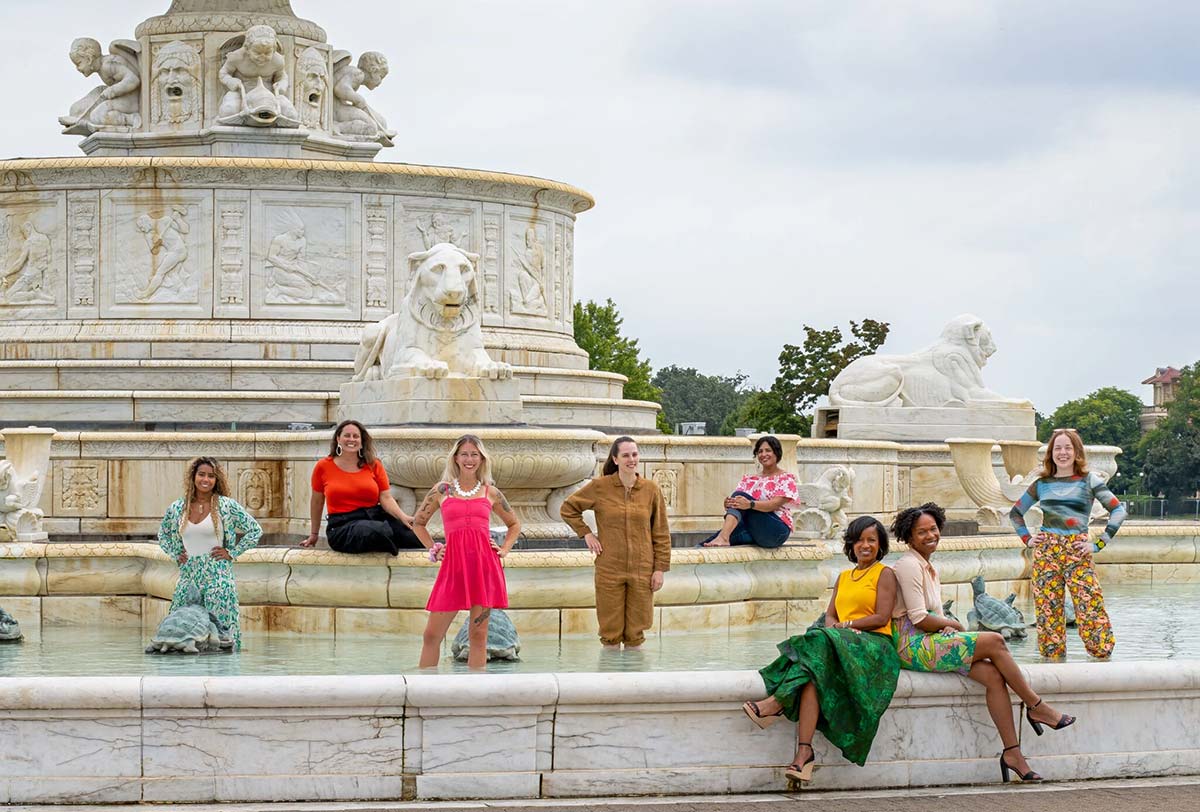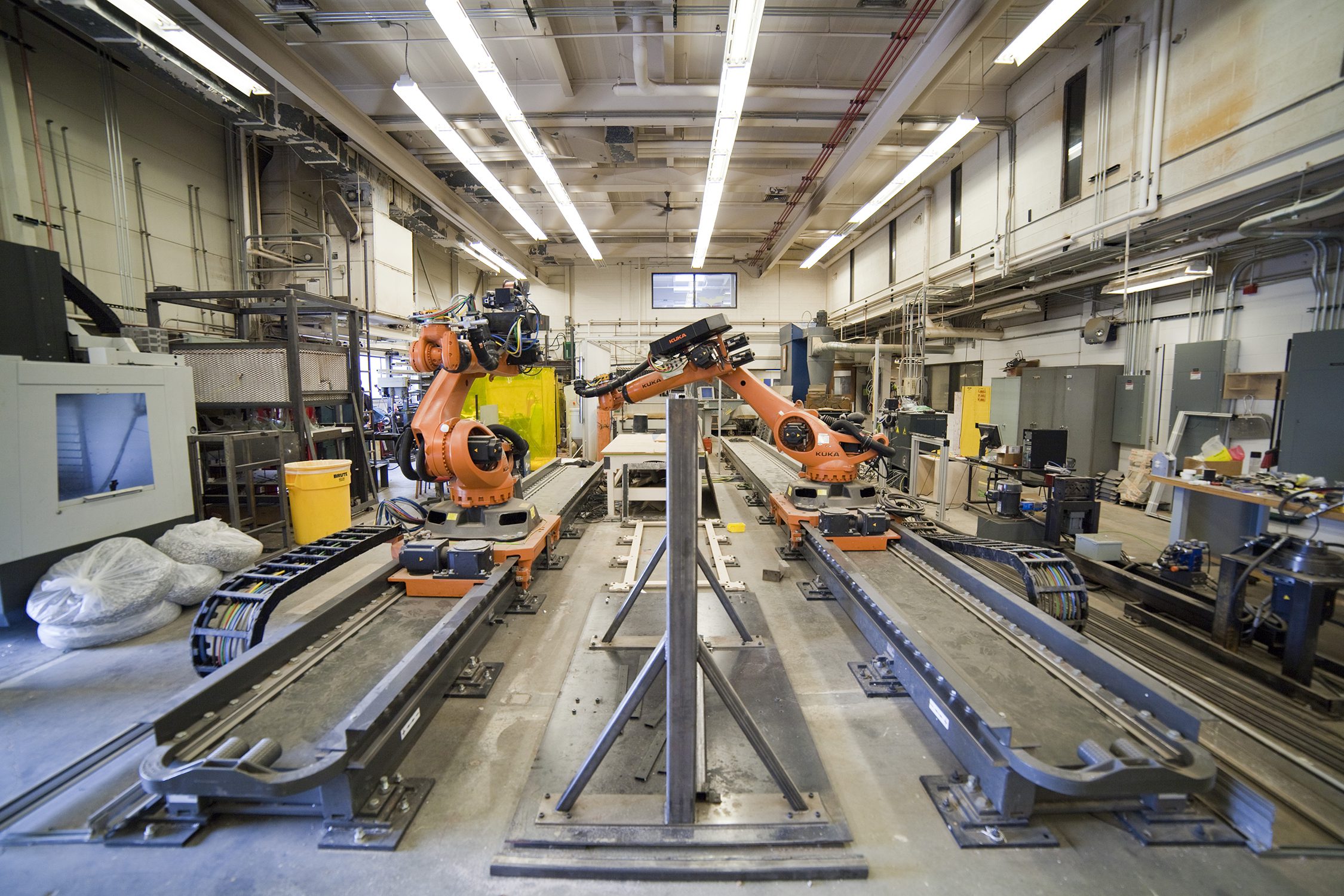
Taubman College Enters Next Phase of Limited Research Activities
As part of its gradual and cautious return to campus activities, Taubman College has begun limited research activity within the Art & Architecture Building. The ramp-up is part of a larger effort at the University of Michigan to resume laboratory and studio-based research, which was paused in mid-March due to the COVID-19 pandemic.
Because Taubman College has distinctive research capacities unlike anywhere else on campus, it was part of the university’s pilot wave of research resumption in May — which involved five other units on the Ann Arbor campus. Work was centered in the college’s Fabrication Lab Research Core (FABLab), as this facility’s specialized equipment cannot be substituted through remote online work.
To adhere to social distancing guidelines for research facilities, as outlined by the state, Taubman College could only allow 26 people (faculty, students, and FABLab staff) to access the building — and that access couldn’t be simultaneous. It was a complex problem for an active and diverse research community like Taubman College, noted Geoffrey Thün, associate dean for research and creative practice and associate professor of architecture.
“Determining who will participate presented a significant challenge,” said Thün. “We recognized that while we were unable to service all faculty, staff, and students who wanted to participate in the pilot wave, we could develop a system to advance as much work as possible. To do this, we worked across the college to assess project priorities, balancing funding considerations, project scale and duration, as well as junior faculty career pathways. We assessed individual project requests rather than prioritizing individual PIs (principal investigator), and we were then able to accommodate all projects while limiting the total number of team members that would be entering the facilities.”
Taubman College’s research enterprise differs from other units on campus because shared spaces and specialized equipment serve a wide variance of faculty, students, and projects. The work of the FabLab is process- and machine-intensive, and much of it requires access to more than one piece of equipment. Much of the work also must happen at a specific cadence that gives projects time to dry, cool, or solidify before moving on.
Thün said that accommodating every project that requested access in the pilot wave involved a team effort to build a complicated matrix: “The FABLab staff and faculty were unbelievably thoughtful in helping us figure out how to meet everyone’s needs. And U-M’s Office of Research and Department of Public Safety were endlessly helpful in developing our plan and ensuring safe access to our facility. As a result, we managed to achieve what we believe was a really good outcome.”
As the ramp-up continues, an additional seven researchers have access to Taubman College’s woodshop, a fully equipped facility with several stations of the most common machines, as well as two CAD–driven laser cutters for wood, paper, and plastics. The college anticipates opening portions of its Liberty Research Annex in downtown Ann Arbor for specialized activities as part of a fourth wave, and the college also expects to reactivate limited research involving human subjects in late June.
The University of Michigan is the largest public research university in the nation. Research is an integral part of Taubman College’s spirit of innovation and commitment to pushing boundaries in order to imagine alternative ways to create better built environments. Research collaborations within the college and with other highly-ranked programs at the university invigorate and expand the curriculum, in addition to providing students with valuable opportunities to explore ideas alongside their professors and peers.
Therefore, resuming research activities is an exciting next step for the Taubman College community, which has been eager to return yet patient with the new procedures, Thün said — procedures that he describes as early prototyping for the fall semester: “These early phases will tell us a lot about how we need to approach public health-informed research and creative practice, provide opportunities for us to think through ways to maintain compliance while addressing the unique ways that we work, and inform how we return to the campus this fall.”





